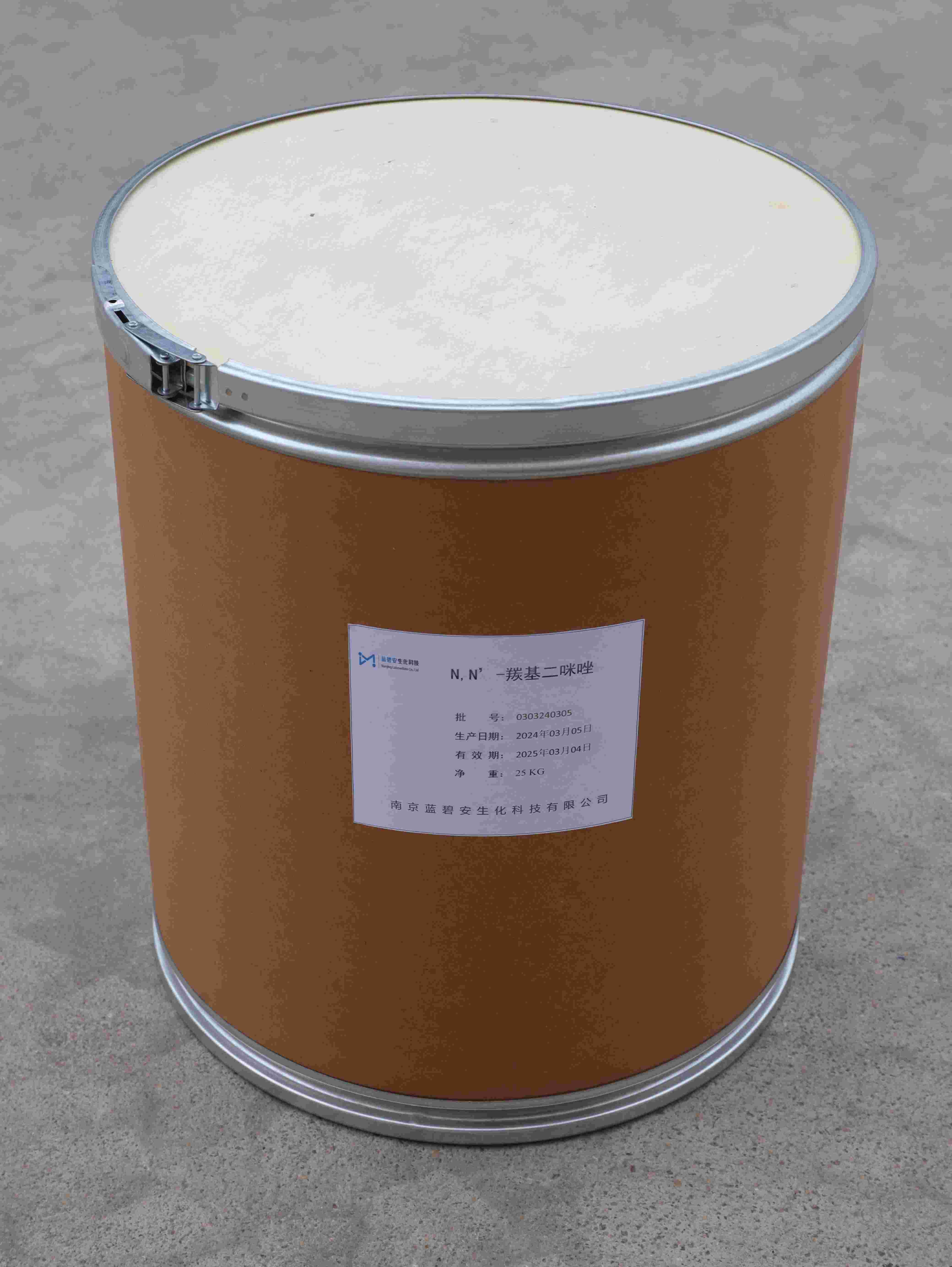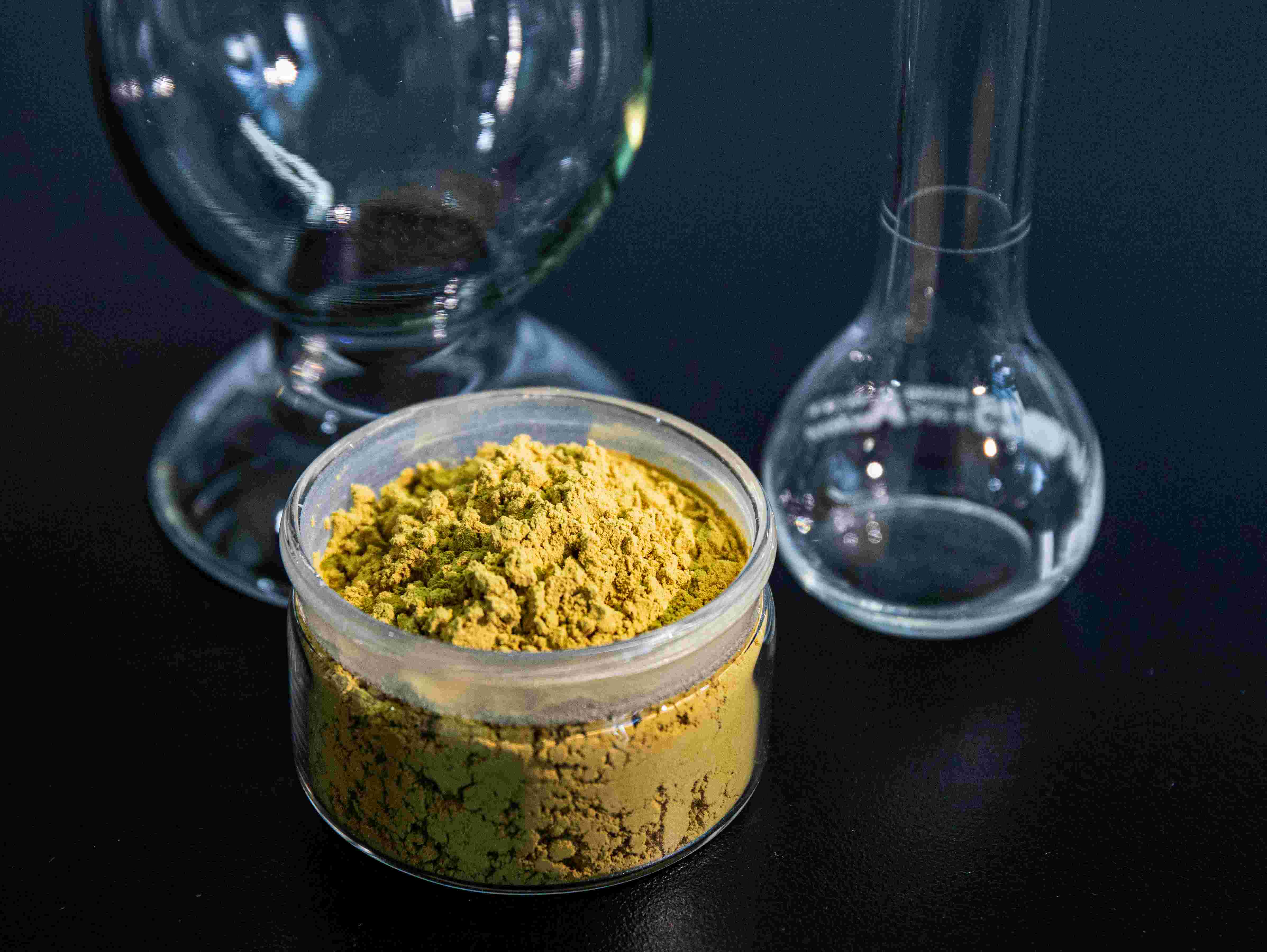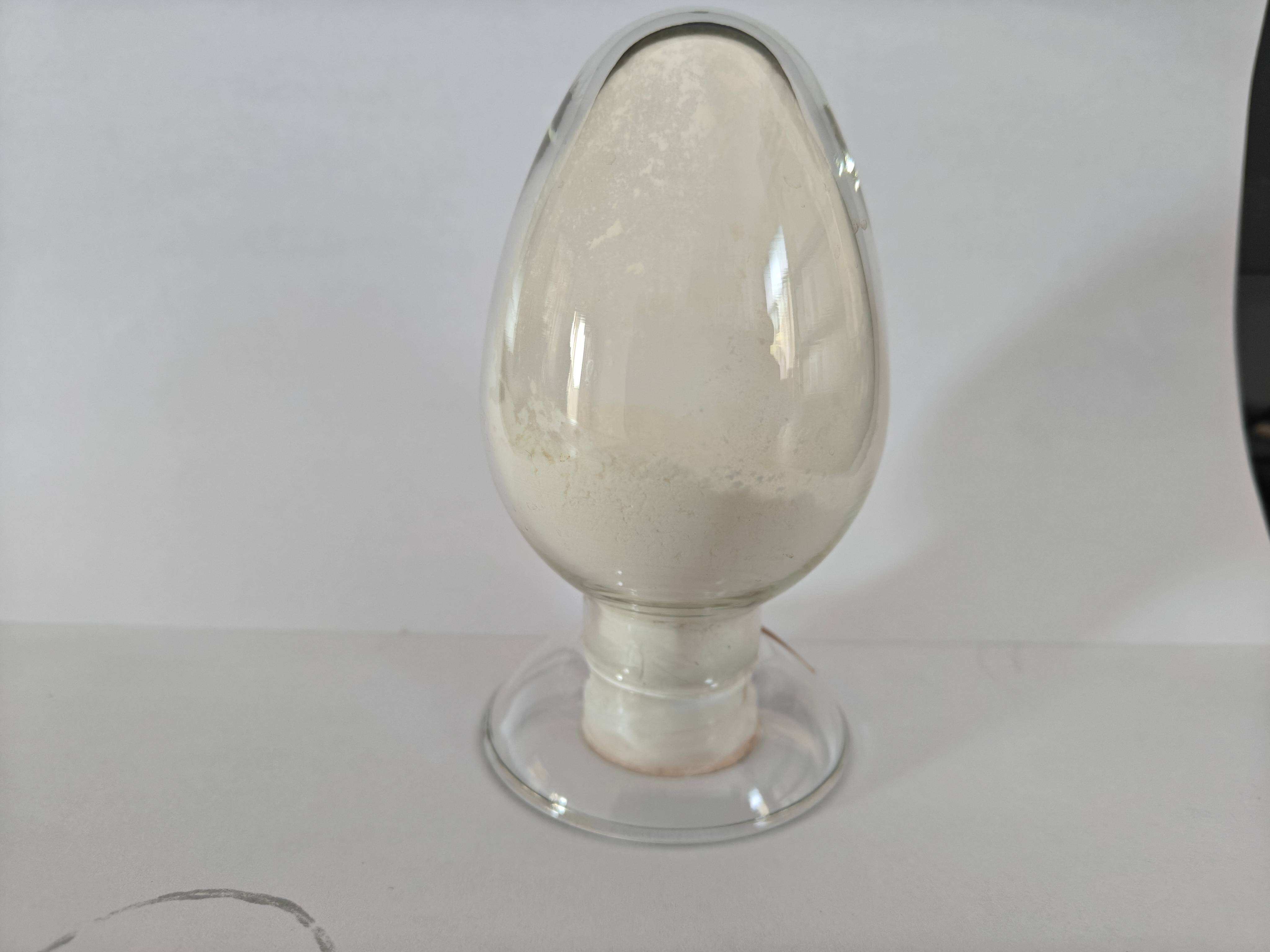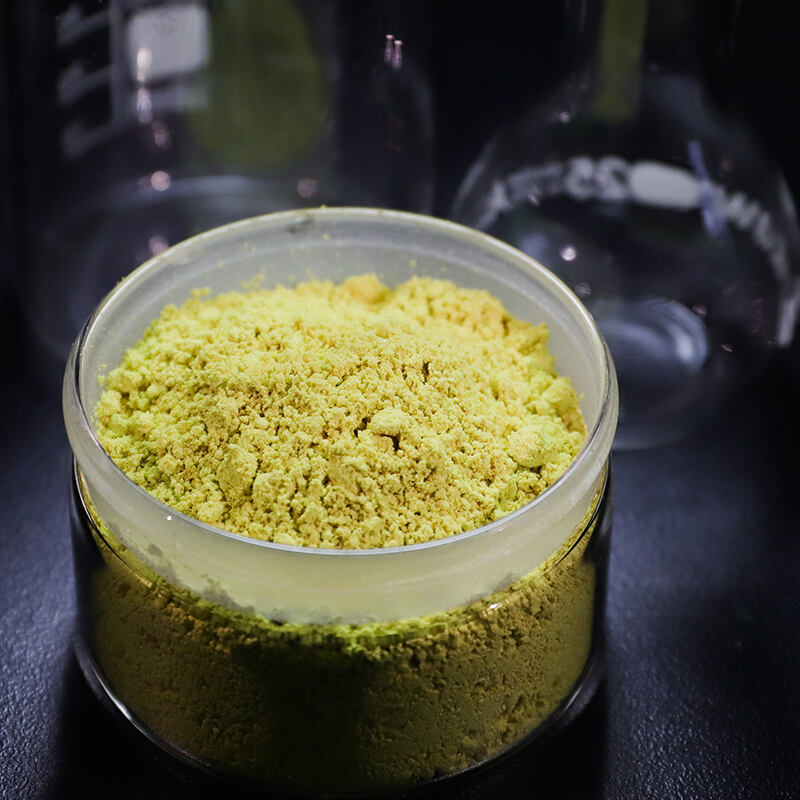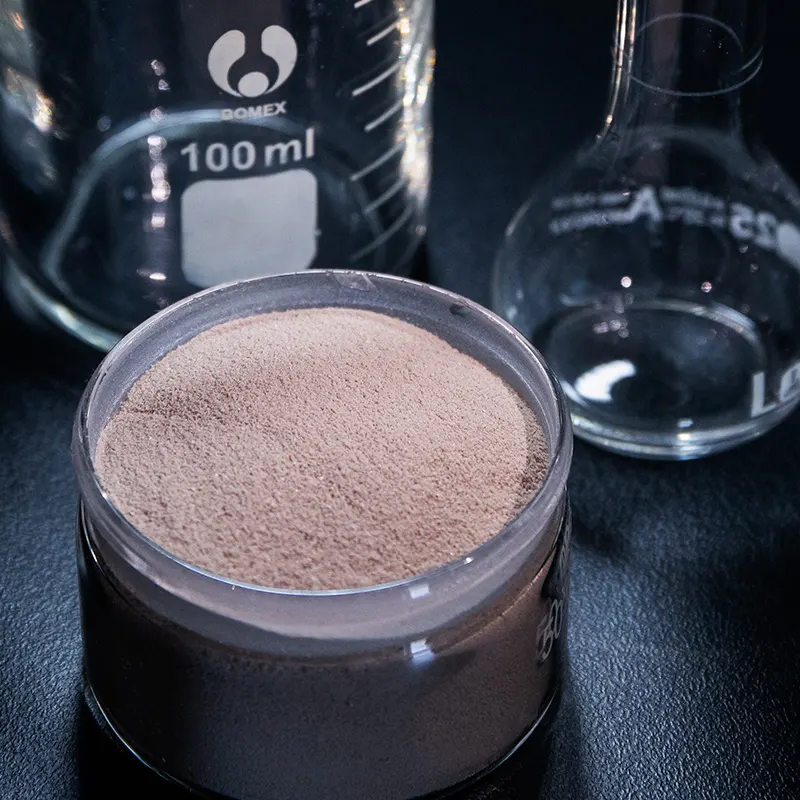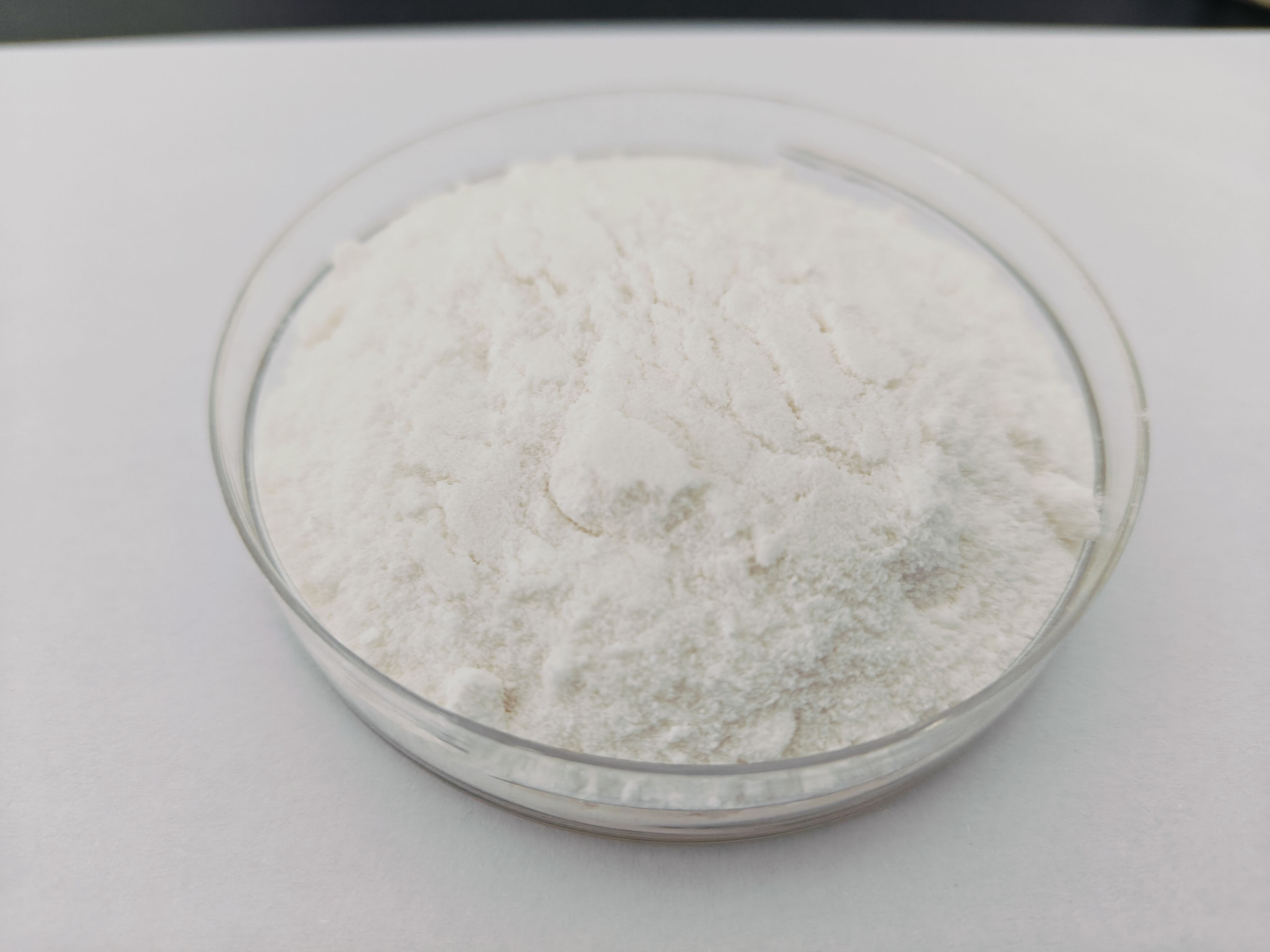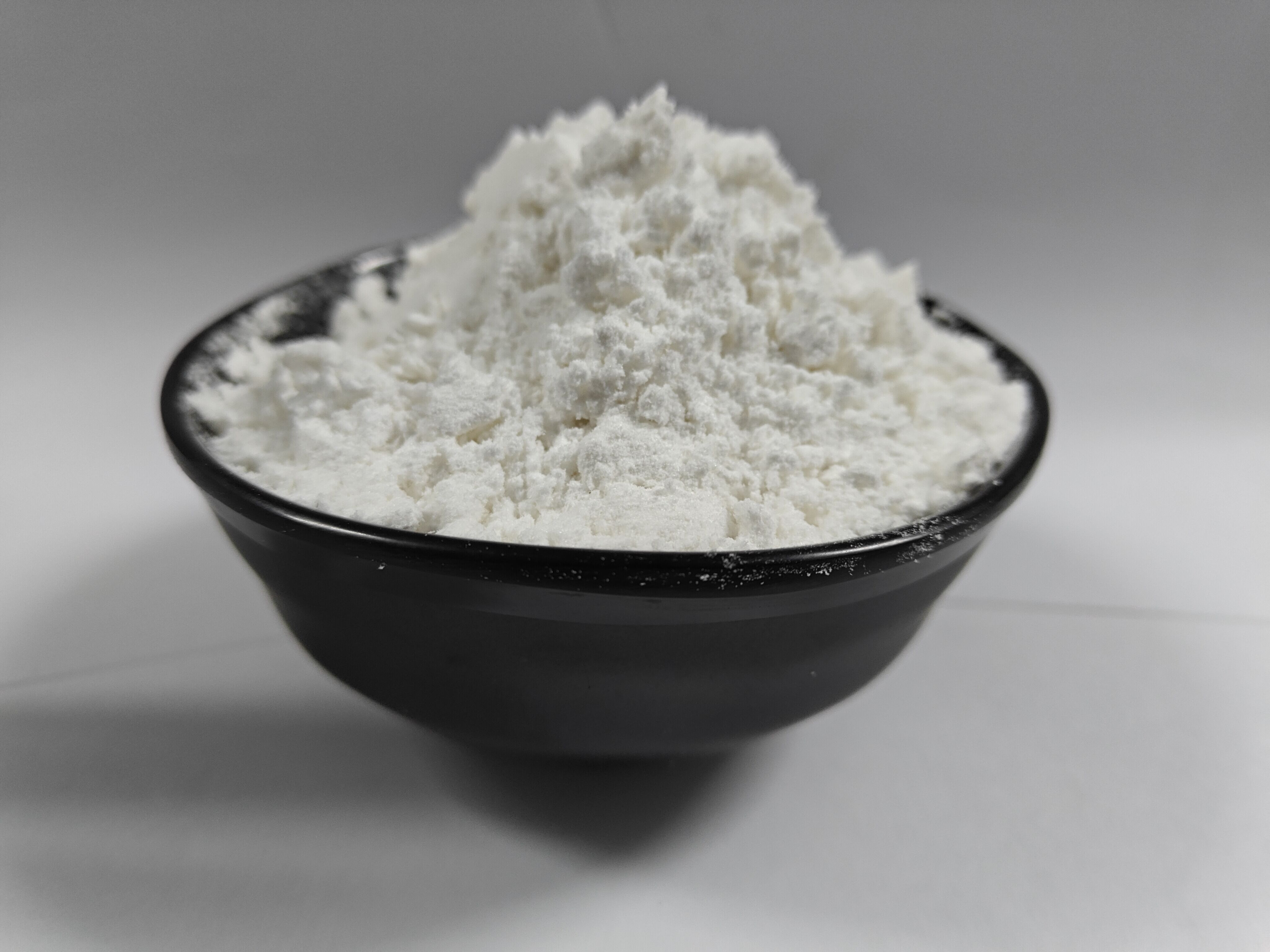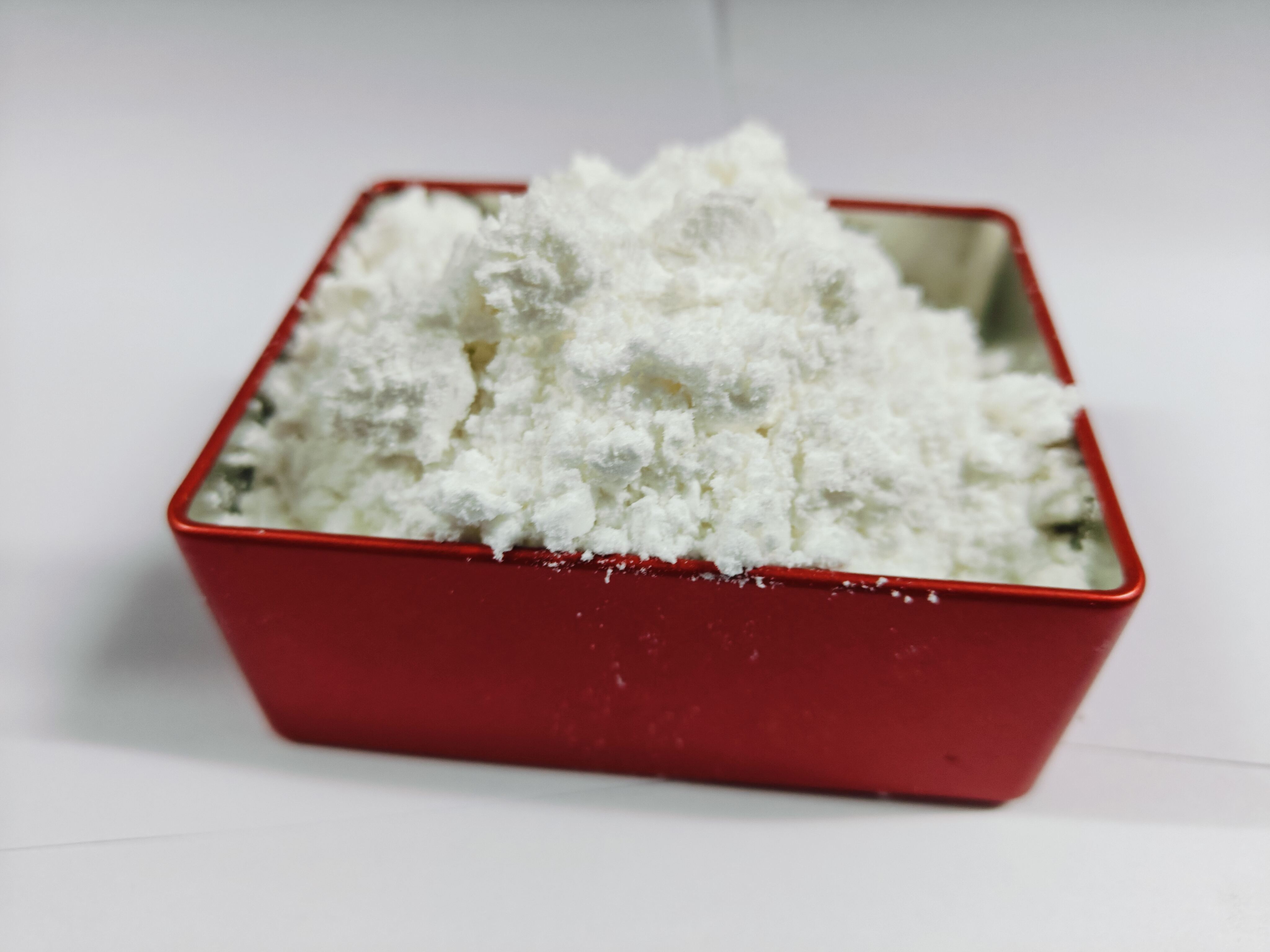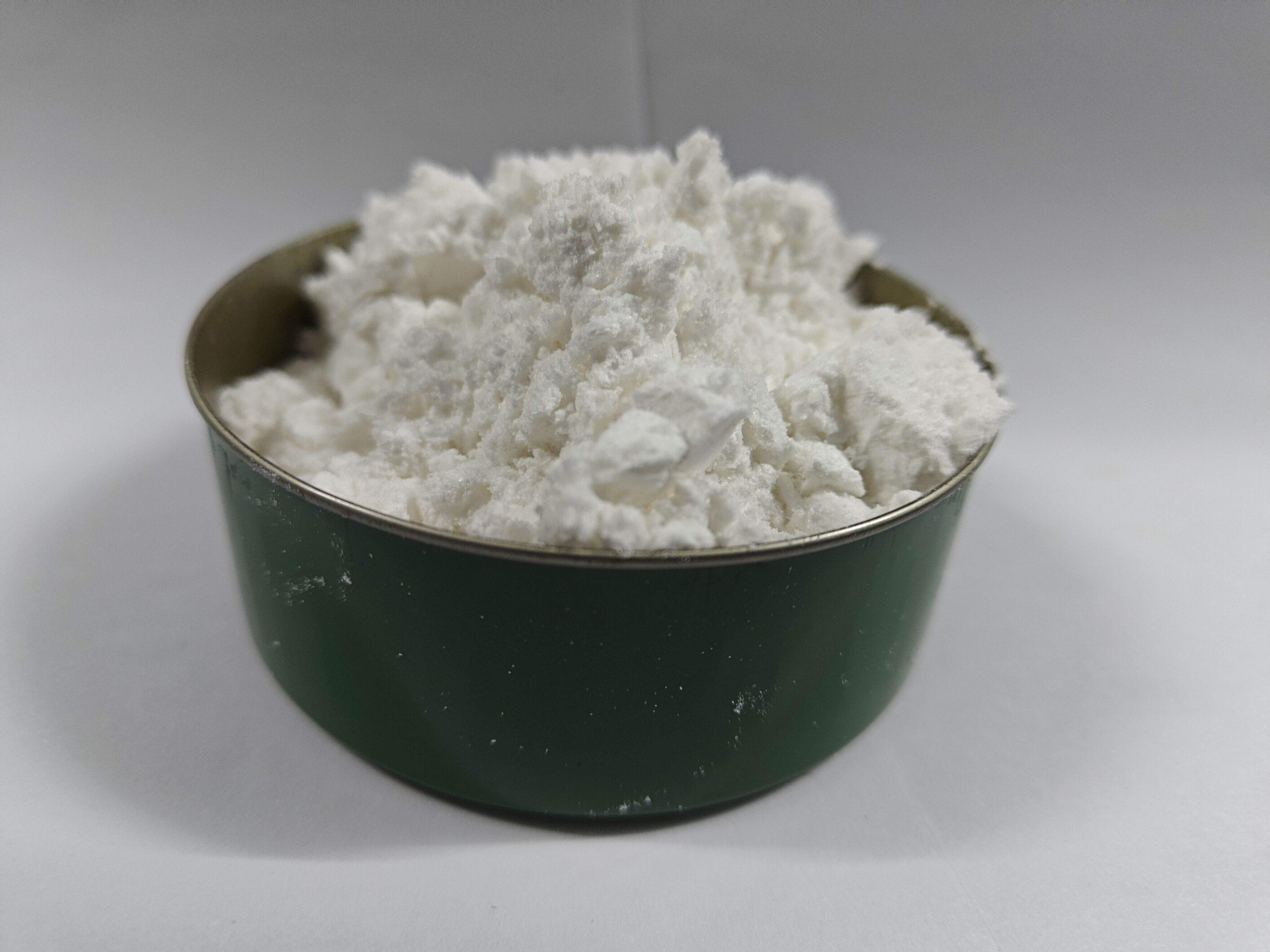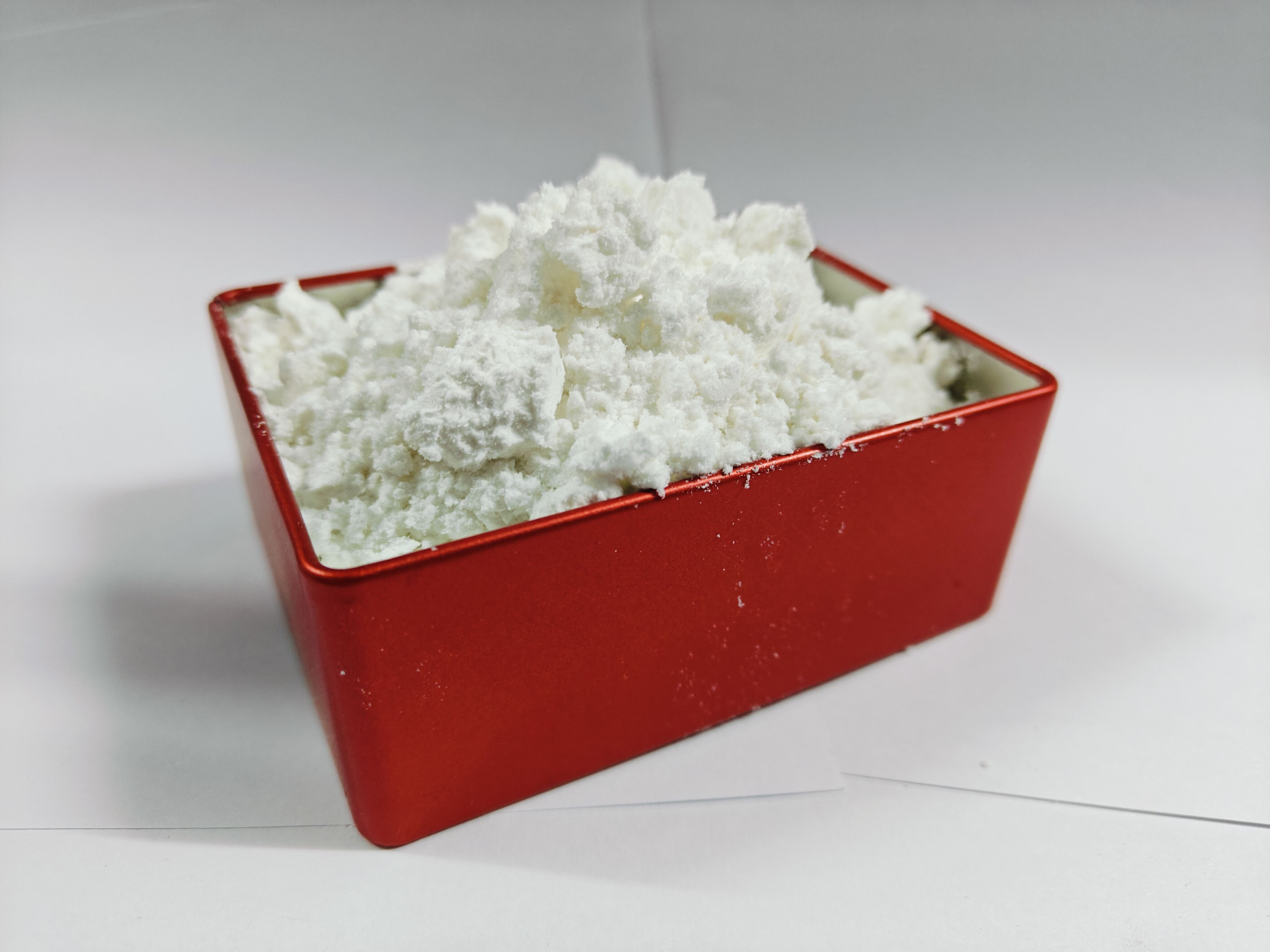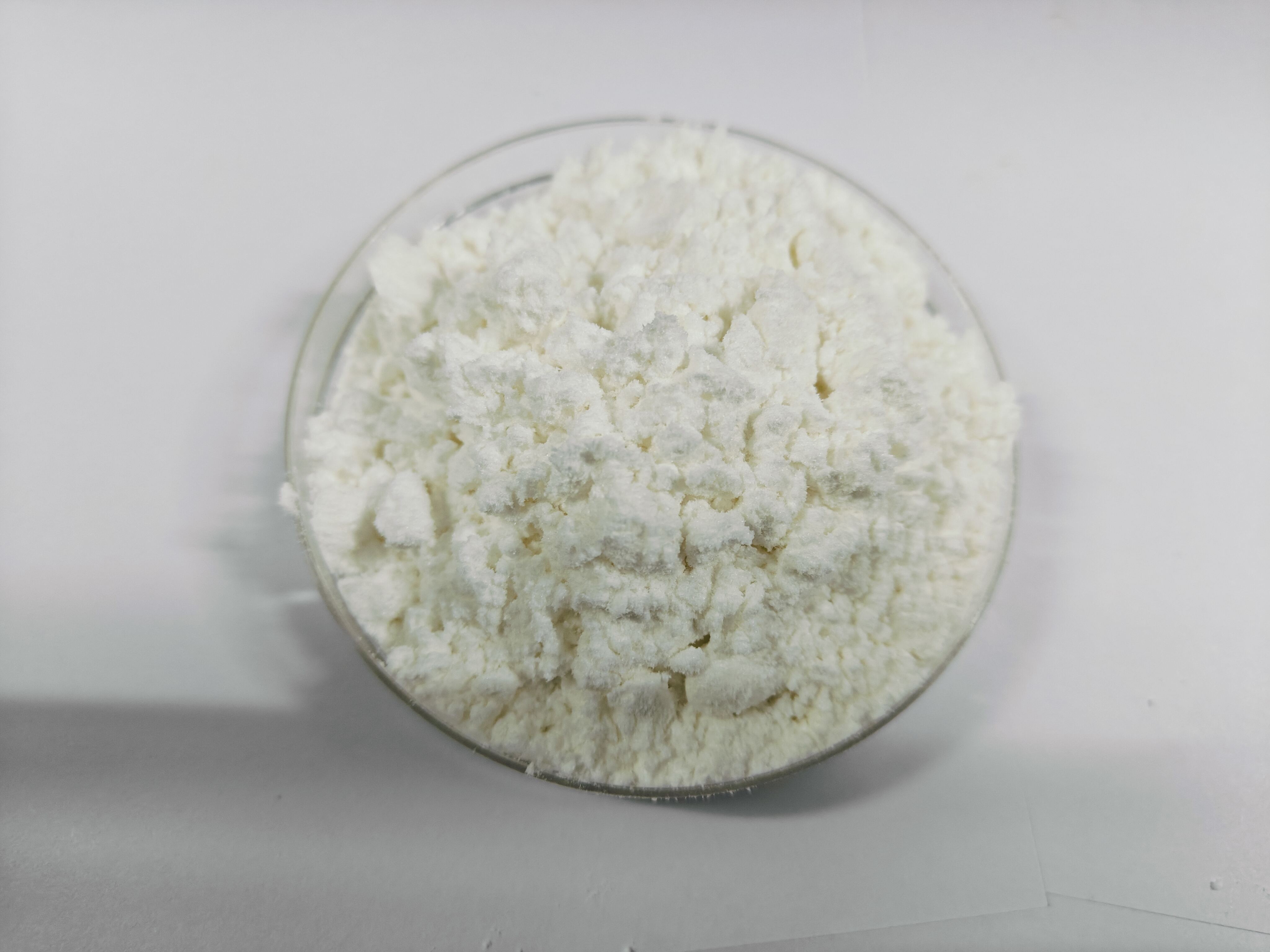best cdi reagent
N,N'-Carbonyldiimidazole (CDI) stands as the premier CDI reagent in modern chemical synthesis, offering unparalleled versatility and efficiency in various chemical transformations. This crystalline compound serves as a powerful carbonylating and coupling agent, facilitating the formation of amides, esters, and other important chemical bonds. The reagent's exceptional reactivity stems from its unique molecular structure, featuring two imidazole rings connected by a carbonyl group, enabling selective and controlled reactions under mild conditions. In synthetic applications, the best CDI reagent demonstrates remarkable stability at room temperature while maintaining high reactivity when needed, making it an ideal choice for both research and industrial processes. Its solubility in common organic solvents like THF and DCM enhances its practical utility, allowing for homogeneous reaction conditions. The reagent's ability to generate minimal by-products and its environmentally friendly nature, producing only imidazole as a by-product which can be easily removed, makes it particularly attractive for green chemistry applications. Furthermore, its role in peptide synthesis, polymer chemistry, and pharmaceutical manufacturing has established it as an indispensable tool in modern organic synthesis.

